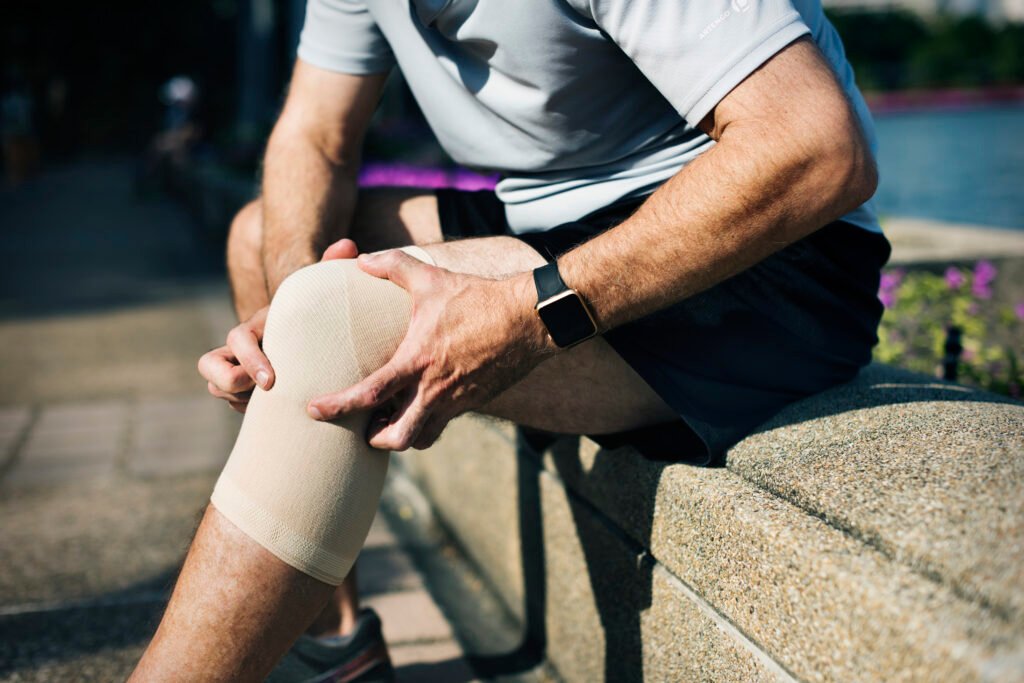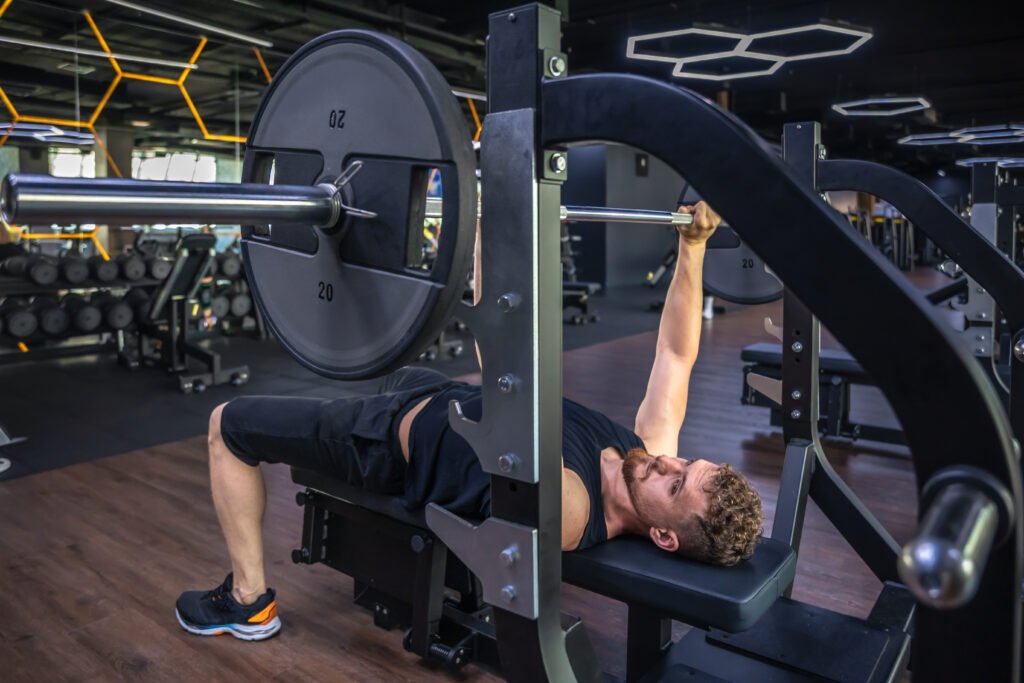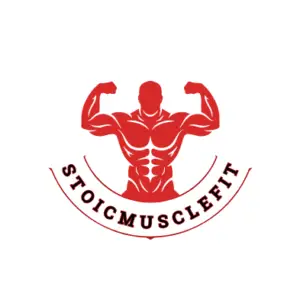Does Lifting Weights Stunt Your Growth?
Origin of the Myth
The myth comes from the belief that lifting heavy weights can damage the growth plates—areas of developing cartilage near the ends of long bones in children and teens. These plates are where new bone growth happens, so serious injury to them could theoretically stunt growth.
What Research Says
Numerous studies have found no negative impact on height or growth from resistance training in children or adolescents. In fact, strength training can be beneficial, as it improves:
Bone density
Muscle strength
Joint health
Injury prevention in sports
What Kind of Injuries Can Stunt Growth?

1. Growth Plate Fractures
A break in the bone at or near the growth plate is called a growth plate fracture. This typically happens during:
Sports
Skateboarding
Rough play
If the break is severe or doesn’t heal properly, it can slow down or completely stop bone growth on that side.
⚠️ Type V fractures (crushed growth plate) are the most serious and can cause permanent damage.
2. Hard Falls or Accidents
Serious falls or accidents (bike crashes, car accidents, etc.) can injure the areas near growth plates. Even dislocations (e.g., elbow, knee) can cause damage if the joint shifts too violently.
3. Overtraining & Repetitive Movements
Performing the same motion daily (like throwing in baseball or lifting heavy with poor form) puts repetitive stress on bones. This can:
Overload growth plates
Lead to micro-injuries
Slow down bone development over time
4. Infections or Bone Diseases
In rare cases, infections such as osteomyelitis can affect growth if they occur near a growth plate and are not treated promptly.
How to Avoid Injuries That Could Affect Growth

1. Warm Up Before Lifting
Cold muscles and stiff joints are more prone to injury. Always start with:
5–10 minutes of light cardio
Dynamic stretches
Warm-up sets with light weight
This improves blood flow and prepares your body for the workout.
2. Learn Proper Technique First
Bad form increases risk of injury—especially near growth plates. Always:
Begin with bodyweight or light resistance
Focus on mastering form
Ask a coach or trainer to check your movement
3. Use the Right Weight
Lifting too heavy too soon is a common mistake. Choose a weight that:
Allows for slow, controlled movement
Doesn’t cause pain
Doesn’t break your form
✅ If you can’t lift it without swinging or jerking, it’s too heavy.
4. Don’t Skip Rest Days
Your body—especially during adolescence—needs recovery time.
Rest at least 1–2 days per week
Avoid training the same muscle group two days in a row
Once you’ve trained consistently for 4–6 months, you can train daily only if:
You get enough protein
You allow each muscle group to recover within 48 hours
5. Avoid Maxing Out Too Early
Trying your “one-rep max” too soon can overload bones and joints. Instead:
Focus on progressive overload
Improve technique and strength gradually
Attempt max lifts only after mastering the basics
6. Use a Spotter for Heavy Lifts
For compound lifts like bench press, squat, or deadlift, always have a spotter. This reduces the risk of:
Dropping the weight
Getting stuck under the bar
Severe joint or bone injuries
I Only Want to Build Muscle. I’m not interested in power lifting. How Can I Train Safely?

Use Machines Over Free Weights
Machines are great for muscle-building with minimal injury risk:
They follow a fixed path, reducing the need to stabilize
They reduce stress on joints
You can lift safely even with heavier weights
Example:
Bench Press vs Smith Machine Press
| Regular Bench Press | Smith Machine Press |
|---|---|
| Requires balance and stabilization | Movement is guided on rails |
| Higher risk of bar collapsing | Safety stoppers can catch failed reps |
| Triceps engage more than needed | Better isolation of chest muscles |
You can still include some free weight exercises for variety, but:
Go heavier on machines (close to failure)
Go lighter on free weights to maintain perfect form
Final Thoughts
Lifting weights does not stunt your growth—poor training habits do. By focusing on proper technique, progressive training, and adequate rest, you can build strength and muscle safely through your teenage years and beyond.
🧠 Train smart, not just hard.
